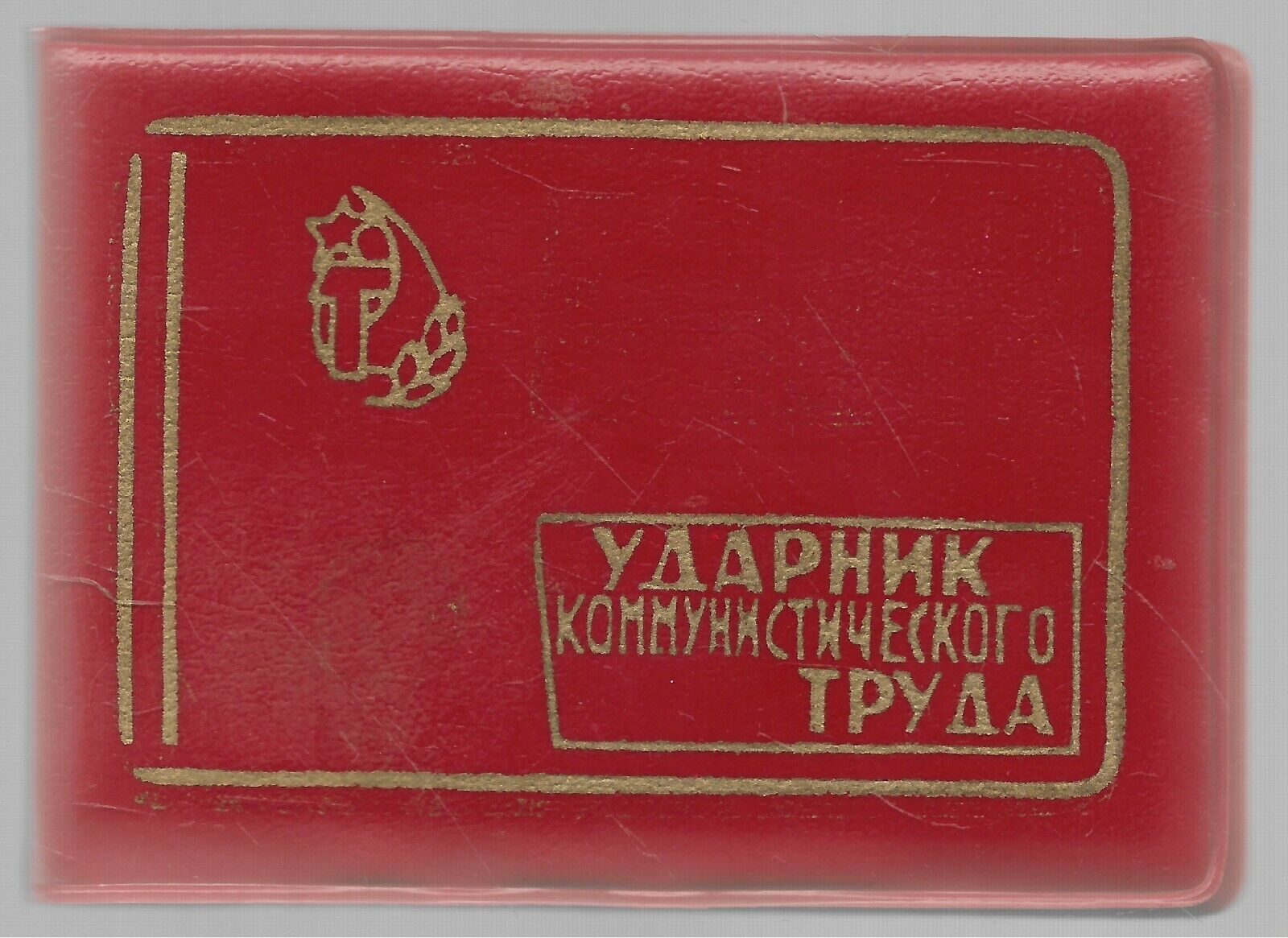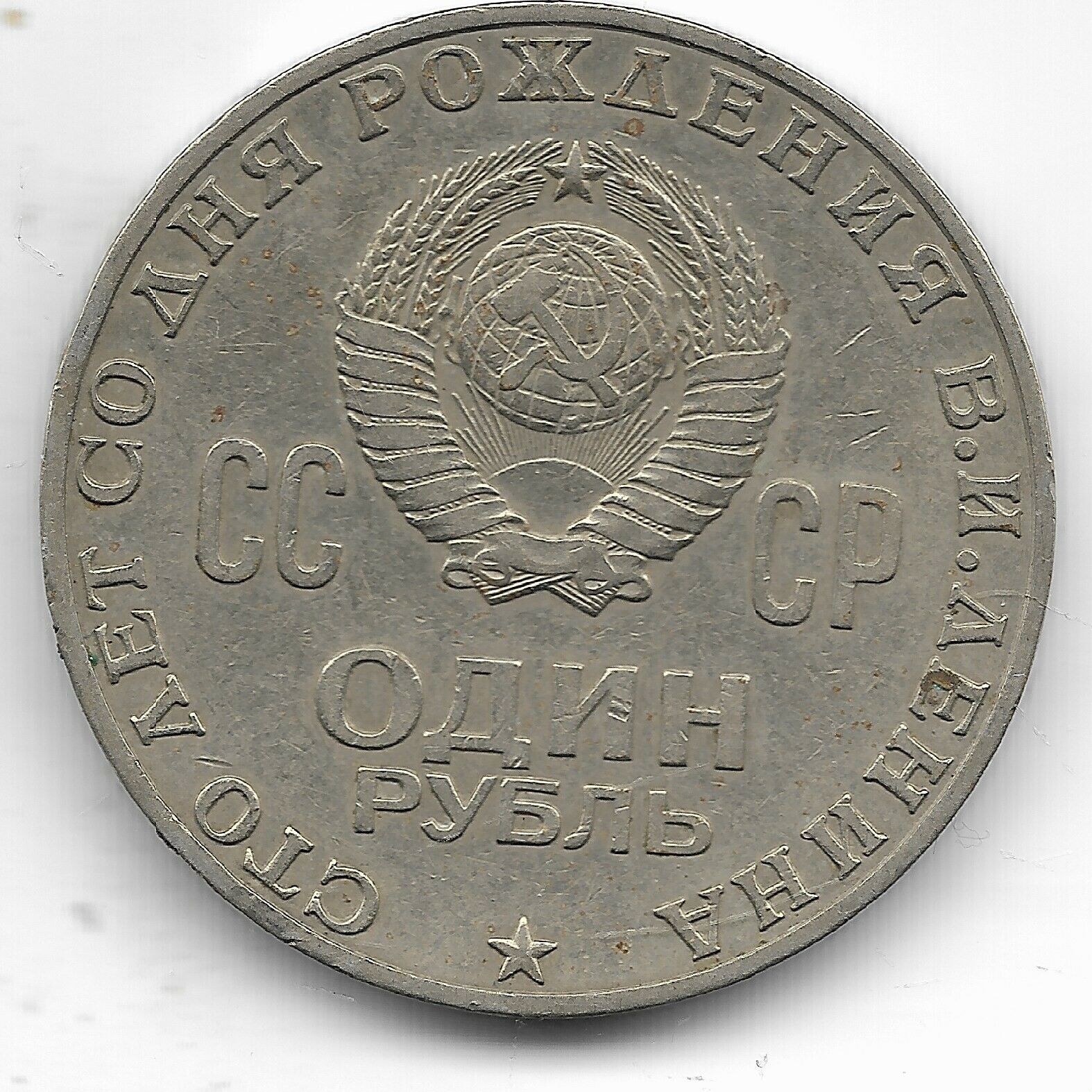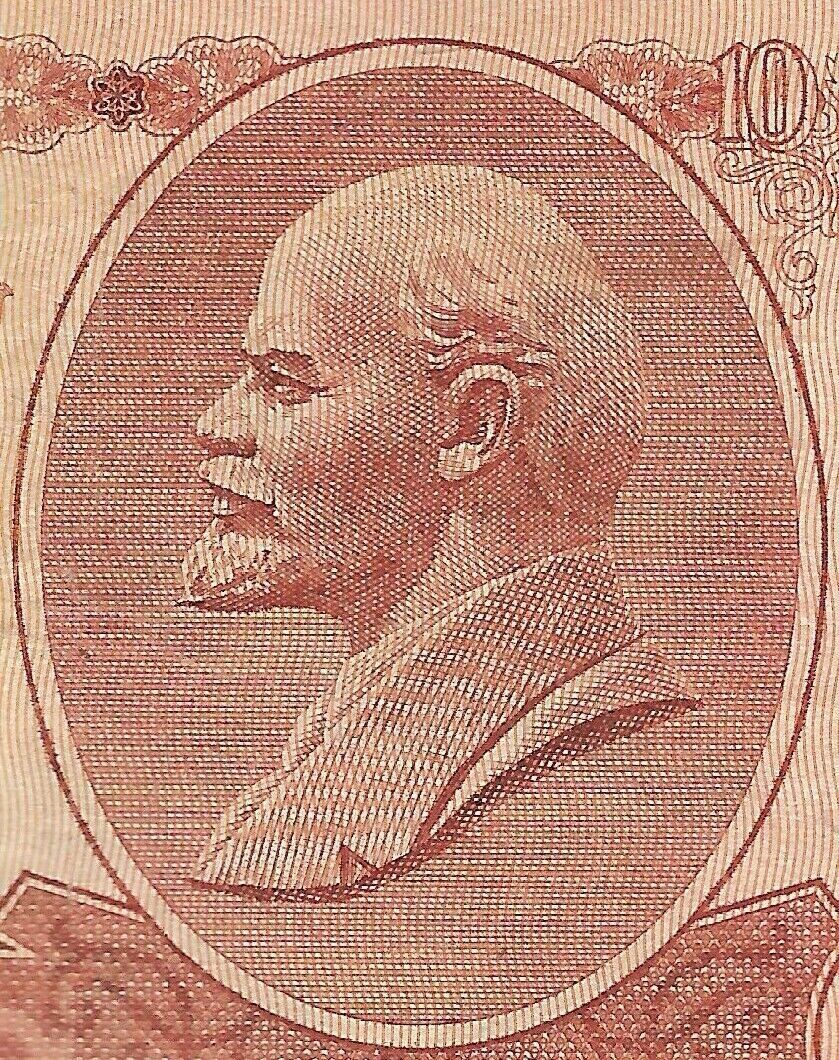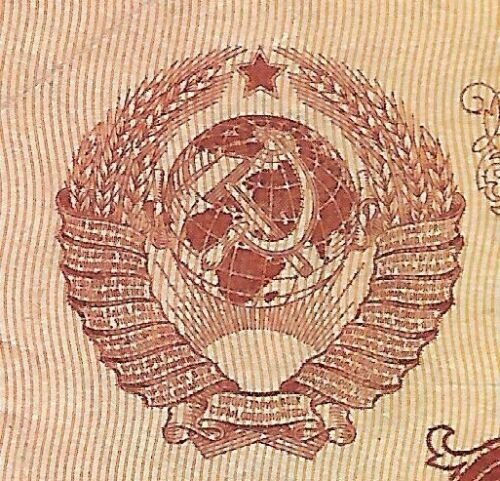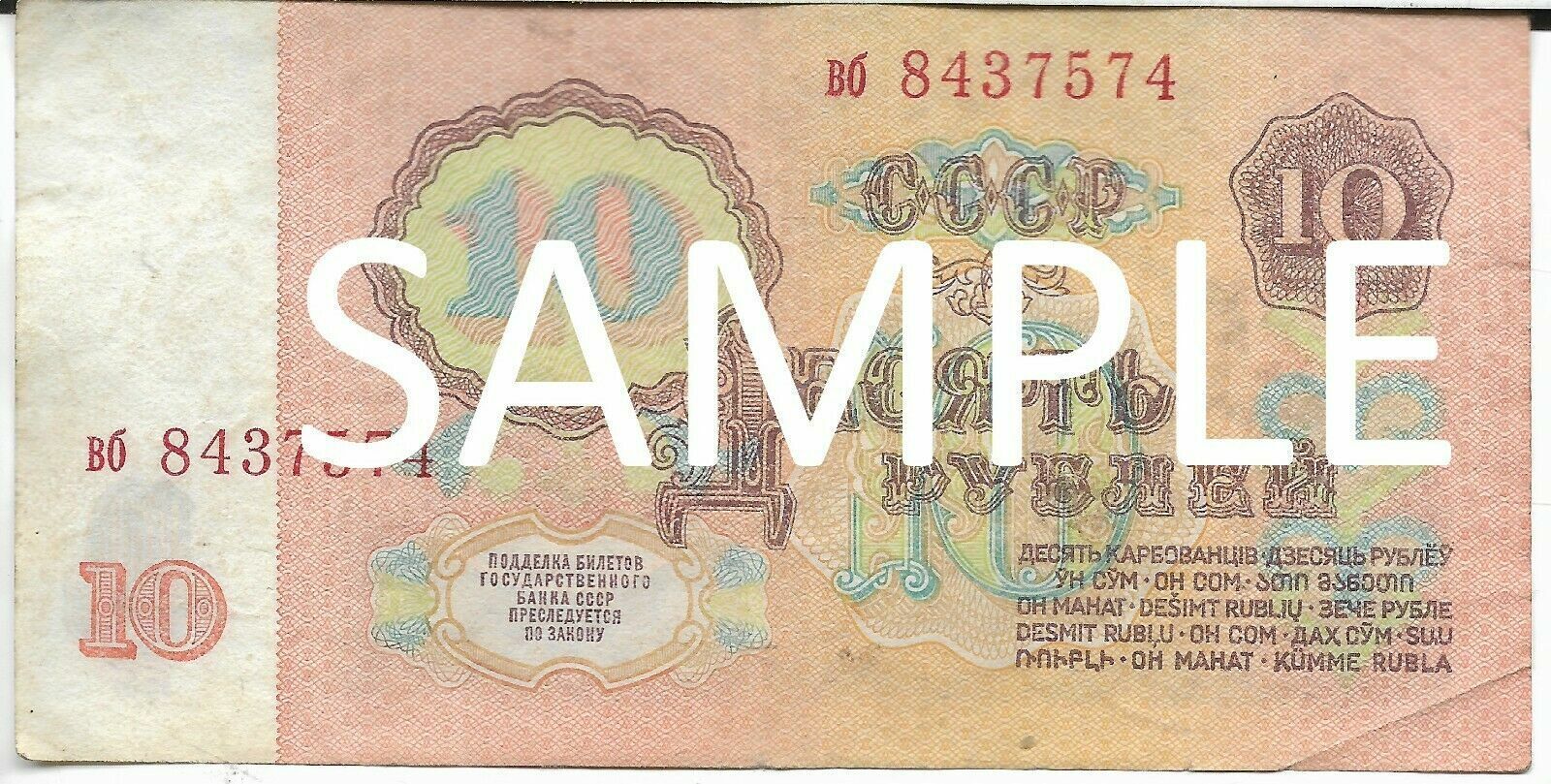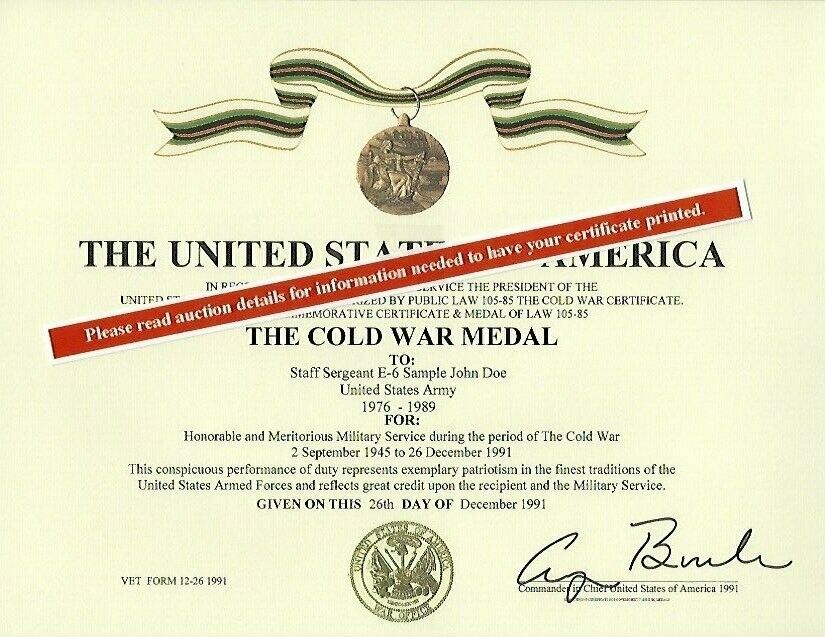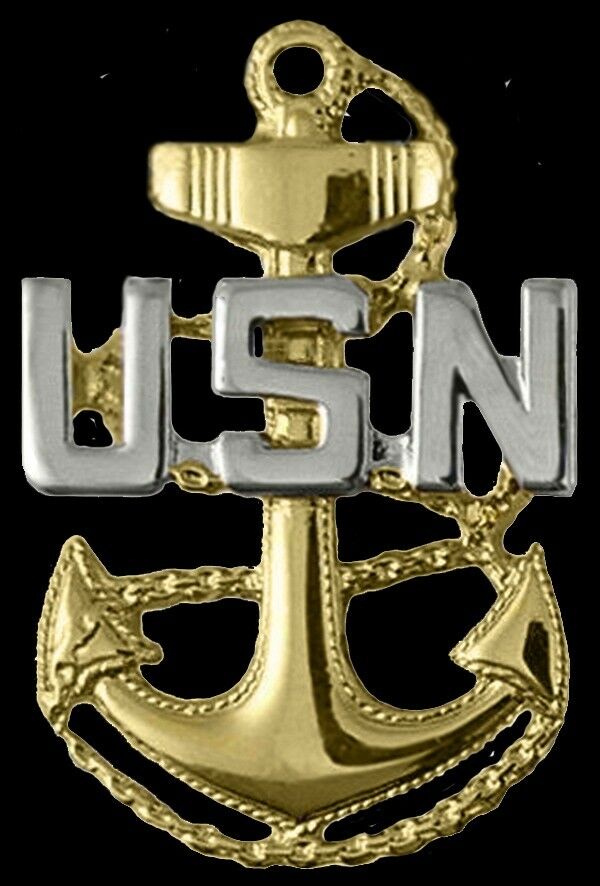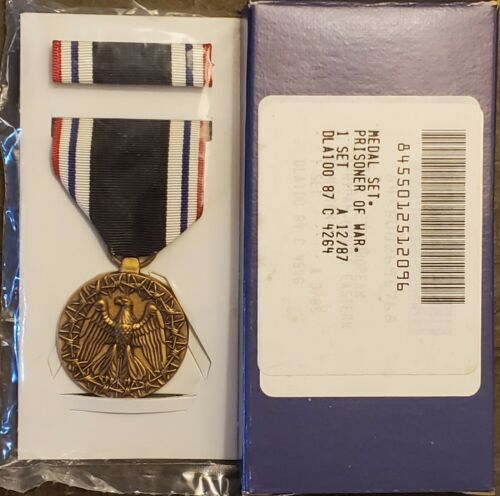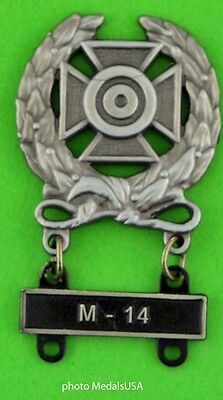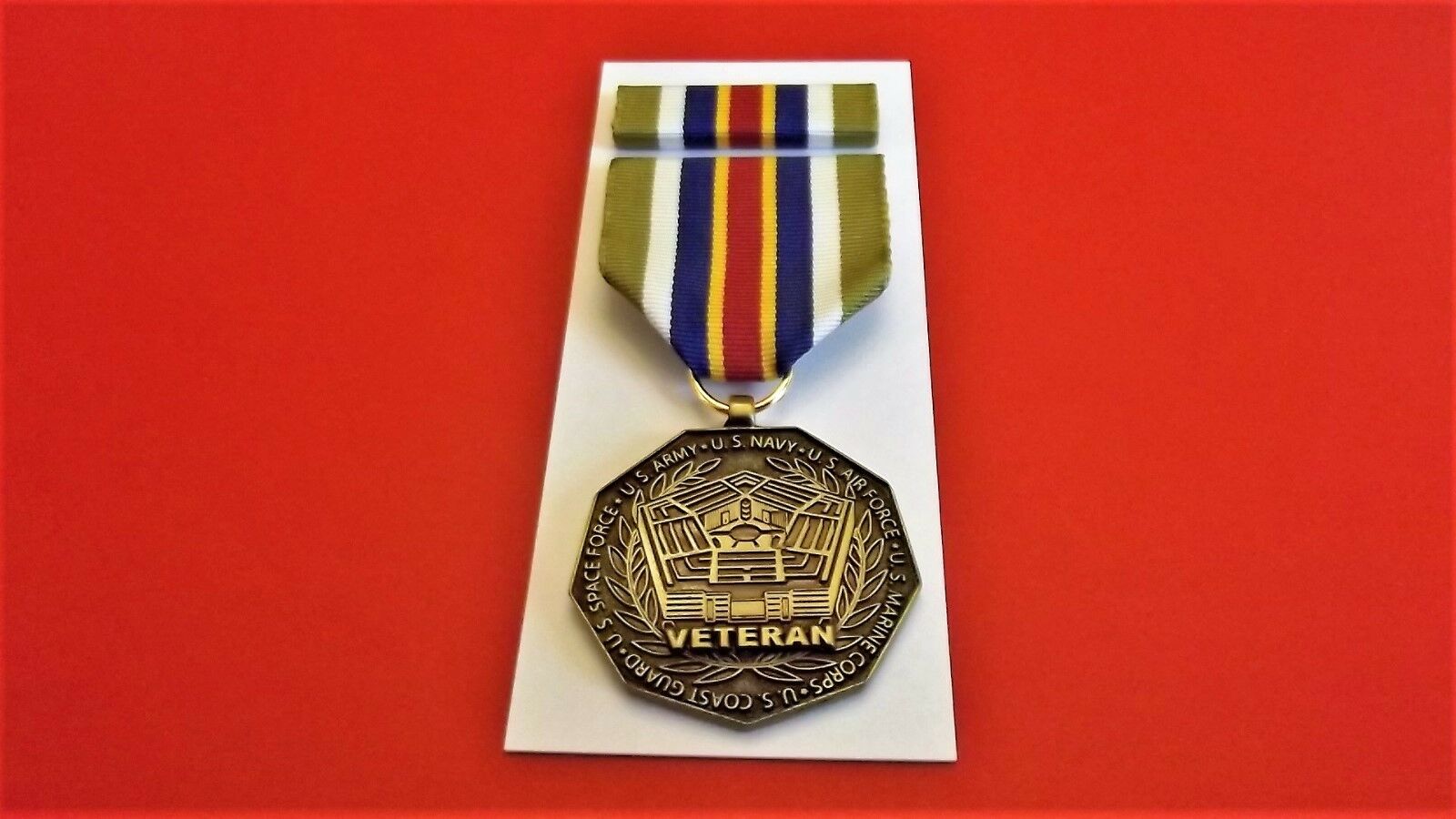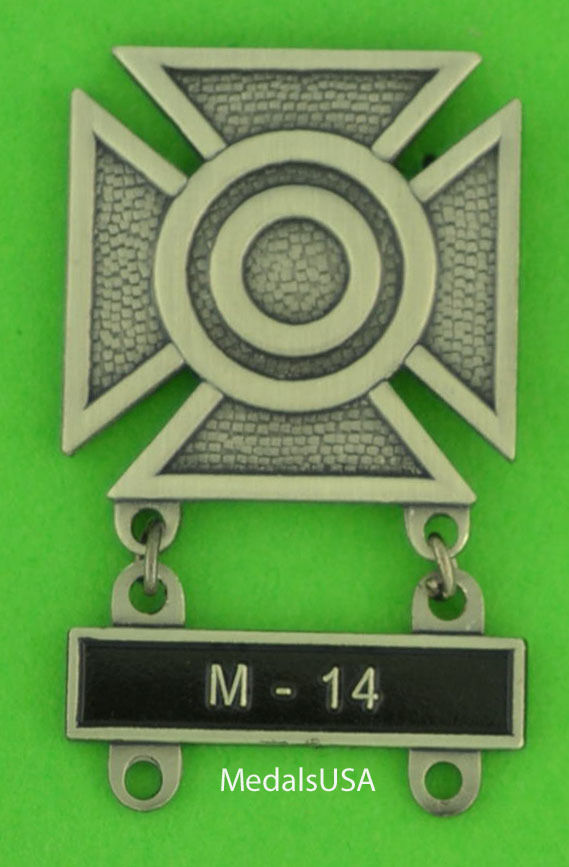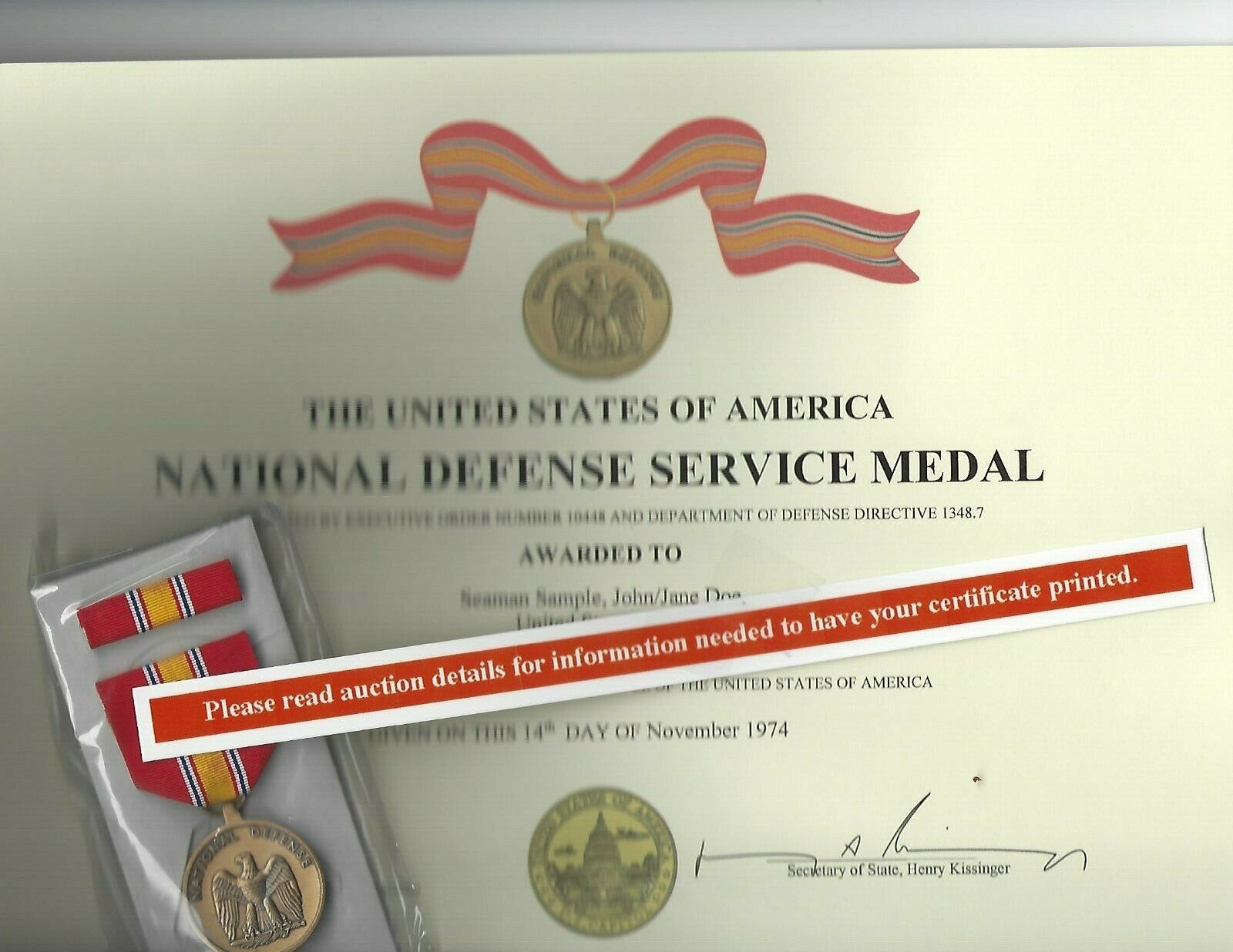-40%
RARE Old Cold War Era Russia LENIN Pin Badge Coin Collection Russian CCCP Lot
$ 13.19
- Description
- Size Guide
Description
View more great itemsLOOK At My Other
FREE U.S. SHIPPING
Auctions!!!
CLICK HERE >>>>
https://www.ebay.com/str/Arcane-Treasures
<<<< CLICK HERE
This Is One Very Interesting MEGA Lot Of 35 Old Communist Russian/Soviet Cold War Items From The 1970's-1980's Until The Fall Of The Great Communist Machine. A Lot Thats Not In Many Peoples War History Collection. A Nice Lot That Will Complement Any Collection. Cold War Items Are Increasing In Popularity Rapidly. Authentic And Original! This Is For The Serious Collector. Makes A Great Gift! Own/Invest In History.
Up For Sale Is An Udarnik Of Communist Labor Award Document, Bolshevik Hat Badge,
Lapen Pins, Rare 1961 Lenin 10 Ruble Banknote
With Hammer, Sickle And CCCP From The Height Of The Cold War Era in Russia
With Own Serial Number, 15 Russian/Soviet Buttons From 1979 With Hammer & Sickle, Vladimir Lenin Coin Celebrating 100 Years Of The Birth Of The Communist Leader, And
Cold War Soviet Union Kopek Coins.
More Udarnik Award & Document Info:
Made In The 1970's As A Communist Reward For Udarniks (Shock Workers). They Are People That Showed The Best Results In Communist Labour. Document Has Name, Address And Other Info Not Filled In!!!!. The Award Pin Were To Be Worn On The Bolshevik Hat Or Lapel To Display Authority Over Peer Workers And The Document Was For Acknowledgement, Work Transfer, Privileges Of Both Inside And Outside Of Work. The Document Award Was A Very Important Piece To Own.
A Very Interesting Communist Cold War Document/Award To Own!!!
Udarnik History Info:
An “Udarnik” is a Soviet word for an over-productive worker. Workers that went over and beyond what was required including working days at a time with very little time off for rest or family. The udarnik movement was launched and supported by the government to intensify the industrial development of the country. Often reaching astounding heights on the order of hundreds of percent of the original quota.
The movement appeared in the 1920’s. The Bolshevik country was young, and had just survived a revolution and a civil war. Industry and agriculture were in ruins, and to restore them as fast as possible, the government, among other things, launched a propaganda campaign. Posters, newspapers, and radio programs described everyday labor as a battle for a better life and for a socialist future. To win this battle one had to work harder and smarter than, for example, his colleagues – and so workers, brigades and whole plants everywhere began to join “socialist competitions”. The Soviet Union was a state with a planned economy, so workers aimed to exceed the quotas. Even the Siberian concentration camps participated – udarniks in forced labor received their small piece of fame and respect too.
Propaganda, of course, was not enough. To motivate people, government adopted something which it had thrown away several years before for being anti-socialistic and exploitative: payment by results. Inflation turned money into useless colored paper, so first time udarniks got paid in special food talons.
Plant administrations often chose “udarniks to be” by its own will and gave these workers best tools and the best work conditions. They overproduced the quotas, and received privileges, while the others did not even have opportunity to show themselves.
Inspired by Stakhanov’s example, thousands of factory workers, doctors, peasants, even policemen tried to exceed their quotas. Some of them went as far as to hospitals with extreme fatigue, on the job injuries which resulted in death, but some made it into the history books.
Public opinion about udarniks was ambiguous. People were inspired by all the records they read and heard about, and the official title “Udarnik of Communist Labor” was considered a great honor. On the other hand, quotas grew record by record, and salaries just the opposite, became smaller and smaller.
By the 1980’s, the movement ran out of steam, though formally it had been alive until the collapse of Soviet Union. Nowadays, both the term and the idea are still in use in
China
and
North Korea
.
Lenin History:
Vladimir Ilyich Lenin (Russian: Владимир Ильич Ленин, IPA: [vlɐˈdʲimʲɪr ɪlʲˈjit͡ɕ ˈlʲenʲɪn] ( listen); born Vladimir Ilyich Ulyanov, Russian: Владимир Ильич Ульянов; 22 April 1870 – 21 January 1924) was a Russian communist revolutionary, politician and political theorist. He served as the leader of the Russian SFSR from 1917, and then concurrently as Premier of the Soviet Union from 1922, until his death. Politically a Marxist, his theoretical contributions to Marxist thought are known as Leninism, which coupled with Marxian economic theory have collectively come to be known as Marxism–Leninism.
As the leader of the Bolshevik faction of the Russian Social Democratic Labour Party, he took a senior role in orchestrating the October Revolution in 1917, which led to the overthrow of the Russian Provisional Government and the establishment of the Russian Socialist Federative Soviet Republic, the world's first constitutionally socialist state. Immediately afterwards, the new government under Lenin's leadership proceeded to implement socialist reforms, including the transfer of estates and crown lands to workers' soviets. Faced with the threat of German invasion, he argued that Russia should immediately sign a peace treaty—which led to Russia's exit from the First World War. In 1921 Lenin proposed the New Economic Policy, a system of state capitalism that started the process of industrialisation and recovery from the Russian Civil War. In 1922, the Russian SFSR joined former territories of the Russian Empire in becoming the Soviet Union, with Lenin elected as its leader.
After his death, Marxism–Leninism developed into a variety of schools of thought, namely Stalinism, Trotskyism and Maoism. Lenin remains a controversial and highly divisive world figure. Detractors label him a dictator whose administration oversaw multiple human rights abuses, while some people on the left promote him as a champion of the working class. Lenin had a significant influence on the international Communist movement and was one of the most influential figures of the 20th century.
More Coin Info: On The Opposite Side Has The Soviet Hammer And Sickle Overlain On Globe Above Sun With Rays, All Within Wreath Or Sheaf Of Wheat Stalks, Star Above CCCP. The Front Side Of The Coin Has Lenins Protrait With The Years 1870-1970 At The Bottom.
Hammer And Sickle Overlain On Globe Above Sun With Rays, All Within Wreath Or Sheaf Of Wheat Stalks, Star Above CCCP.
1970 Lenin "100 Year Since Birth" Ruble Specs:
Issuer
Soviet Union (Russia)
Period
Soviet Union (1922-1991)
Type
Circulating commemorative coin
Year
1970
Value
1 Ruble (1 SUR)
Currency
Ruble (1961-1991)
Composition
Nickel brass
Weight
12.8 g
Diameter
31 mm
Thickness
2.4 mm
Shape
Round
Technique
Milled
Orientation
Medal alignment ↑↑
Demonetized
1991
Number
N# 4591
References
Y# 141, Schön# 90
The coin was struck at the Leningrad (St. Petersburg) Mint
Cold War Items Are Increasing In Popularity Rapidly!!!!
FREE DOMESTIC (U.S.) SHIPPING!!!!!!!
LOOK At My Other
FREE U.S. SHIPPING
Auctions!!!
International Buyers:
Please note that my country charges the international first class shipping rate to send 1oz-8oz, so depending on weight I can combine some items without an increase to the shipping cost. As you can see I try to cut the shipping cost for you as much as possible. If you win multiple items let me know so I can send a revised invoice.
This store uses Ebays
Automatic Unpaid Item Assistant
that will send out payment reminders that it will call a case after 4 days of nonpayment saying to pay within 4 days after that. So as long as payment comes in before the 8th day all is good like nothing happened at all.
Ebay has my store setup to leave positive
feedback
automatically once it is left for the seller.
View more great items

